
7 minute read
Reacting to Disaster – Christchurch Tragedy
Reacting to Disaster
Christchurch Tragedy
“Show me the manner in which a nation cares for its dead and I will measure with mathematical exactness the tender mercies of its people, their respect for the laws of the land, and their loyalty to high ideas”. — Gladstone
CONVERSATION AT AL NOOR MOSQUE (PICTURE, SNPA/DAVID ALEXANDER)
It’s been nearly 12 months since the Christchurch Tragedy shocked the world. Fifty-one people died in attacks targeting Muslims at two mosques during Friday prayers in Christchurch. As the one year anniversary approaches Simon Manning, Funeral Disaster Response Team Co-ordinator looks at how we respond to tragedies in our communities.
New Zealand was shocked at how the events that occurred in Christchurch on 15 March 2019 could occur here in our own country … our country, which we believe is safe for everyone, no
The Muslim matter what race or creed of community was people we are. well organised The events unfolded very and grateful for quickly and I, like all of us, what we were became aware of the event doing at all on the Friday afternoon. I times. immediately contacted the FDANZ member companies in Christchurch, offering the support and assistance of the Funeral Disaster Response Team though not really knowing how we would have to respond. Over the weekend, contact was established with John Rhind Funeral Directors and Lamb & Hayward to ascertain how things were unfolding. It was decided to deploy a team to Christchurch, and Neil Little and myself arrived on the Monday morning.
Dealing with different cultures and religions is what we do on a daily basis, but the numbers and cause of death meant we would be facing challenges that none of us had faced before.
Every deployment is different and while planning is important, flexibility to adjust plans is vital for deployments to be a success.
The decision to use Lamb & Hayward as a base from which to work had been set in place on Sunday afternoon. The main reason was that their facilities were better suited to the sort of response we were dealing with. The Police had also requested that we use a single venue because they would be providing security, and having the cases split around different funeral homes would be problematic for them.
The Muslim community was well organised and grateful for what we were doing at all times. Their generosity towards us while they
TRIBUTE OF HEARTS (PICTURE, SNPA/MARTIN HUNTER)
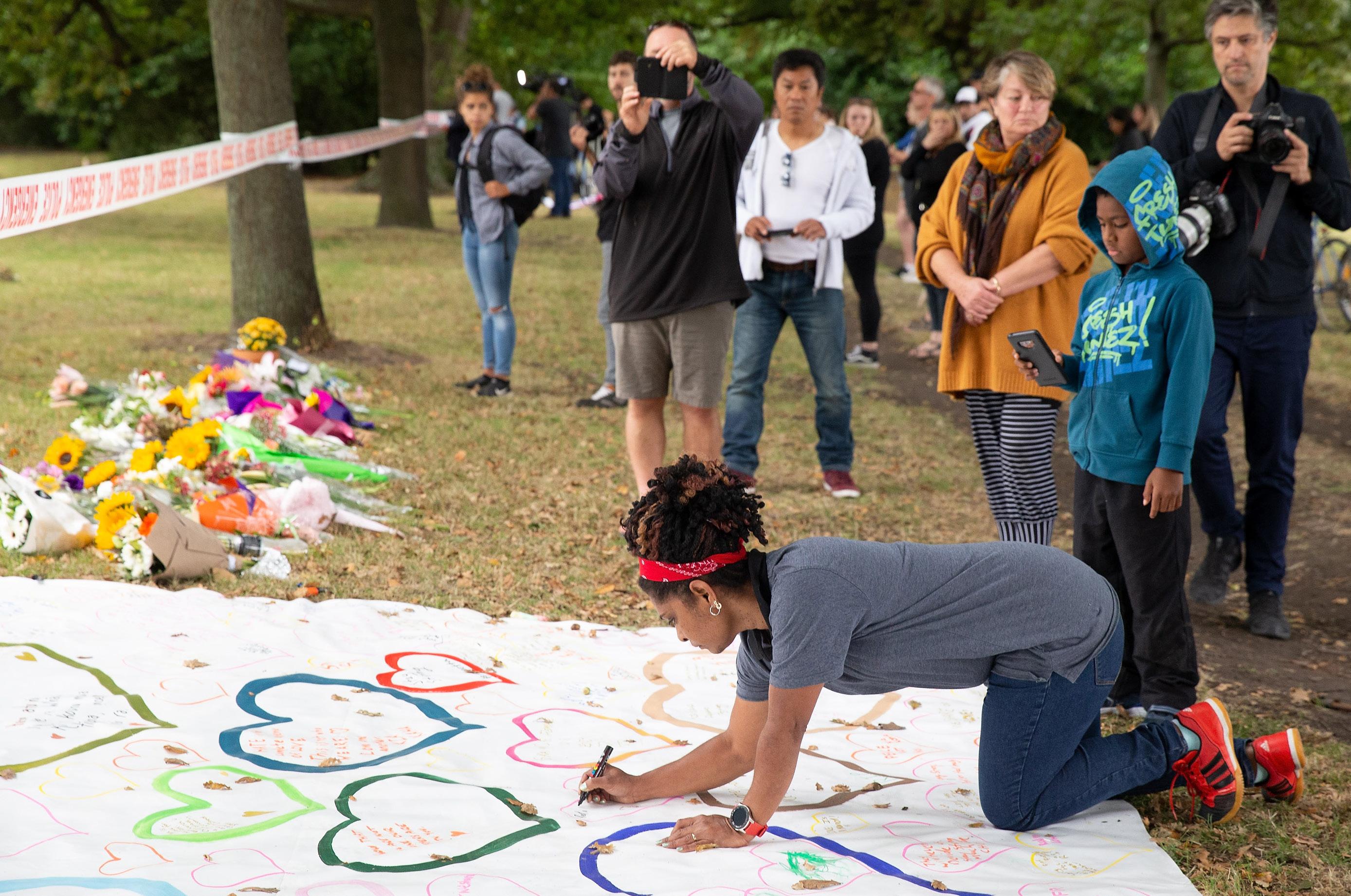
were facing such an event was inspirational, to say the least.
Each morning started with a meeting with the Muslim community to report what our plans were for the day, and we also dealt with any areas of concerns they may have. At the end of each day we held debrief meetings to ensure we were all clear with what issues we were having and how these had already been addressed or would be addressed the following day.
The Muslim community had little understanding of what funeral directors and embalmers do and they were extremely impressed with how professional and efficiently we worked to ensure their needs were met.
The process we followed was having a funeral director teamed up with a Muslim community person, and a meeting was arranged between the family and our team member. Details for registering each death were taken, as well as completing the Accident Compensation forms. The funeral date and time were set in conjunction with the family and the Muslim community team.
Viewing of the victims occurred both before and after the preparation, and everyone was viewed at some point, with many of the victims viewed several times. The embalming team assisted the Muslim team to ensure the victims were presented in the best possible way.
Seven of the victims were repatriated to other countries, and we had the use of a dedicated staff member from Lamb & Hayward for this role.
The days were long, and all team members worked incredibly hard. Our official start time each day was 8am and we worked through until the releases we had received were all processed. This meant that most nights we reached our hotel late in the evening.
One of the helpful aspects of this deployment was that all those involved got to witness all parts of the deployment, because so often in a deployment, team members are assigned a specific role and may never get to be a part of the conclusion of the deployment.
I believe it was helpful for all of us to be involved in the final funeral process, with us all having roles on the day of the mass burial on the following Friday.
Working with the staff at Lamb & Hayward was a pleasure. We all know our normal workload doesn’t stop at these times, and the
... continued on page 15
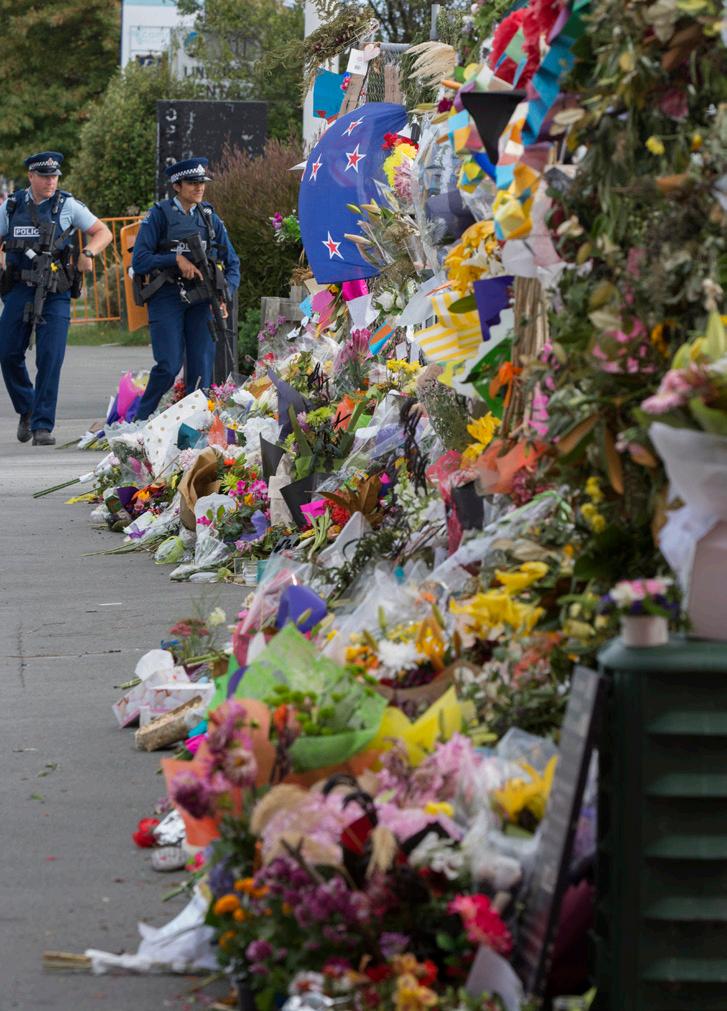
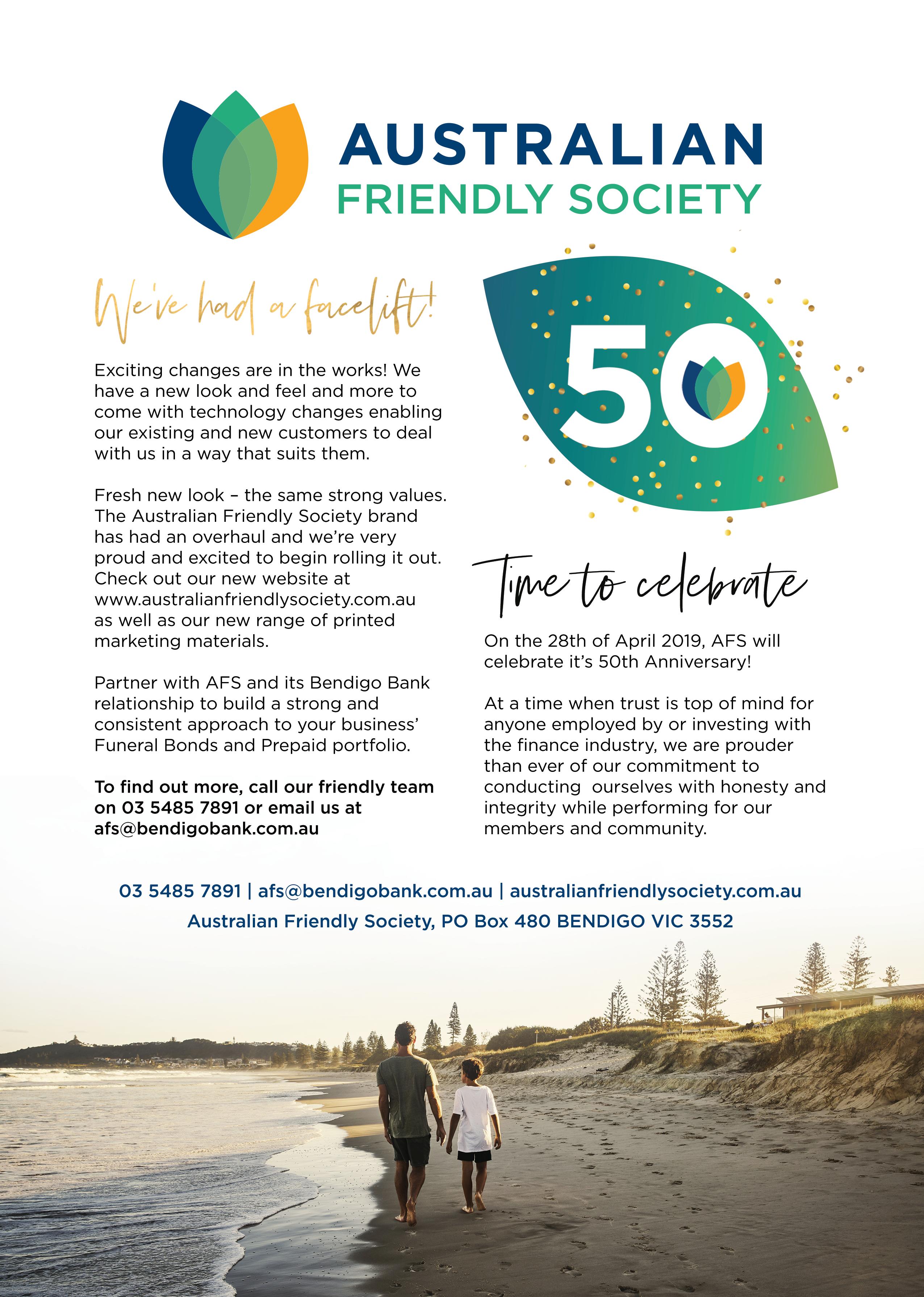
... continued from page 13
The Muslim community have stayed in touch, and as they reflect on the event and their interactions with our team they are in admiration of our profession.
IN TIMES OF DISASTER
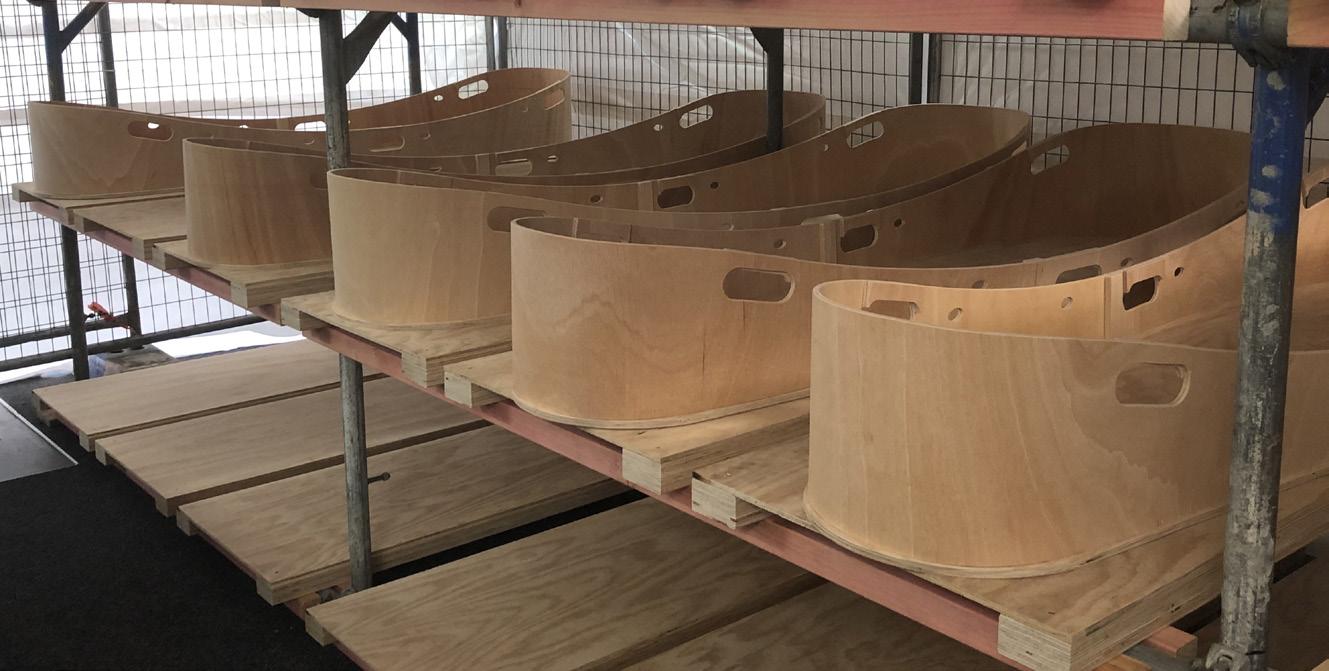
The New Zealand Funeral Disaster Response Team comes together when a multi-death event occurs that is larger than local funeral directors can cope with.
It’s a joint initiative between the Funeral Directors Association of New Zealand and the COFFINS MADE READY (PICTURE, SIMON MANNING) New Zealand Embalmers Association and was formed in the early 1980’s in response to the staff doing that were extremely else as you process what you have just funeral profession’s response to the Erebus accommodating to our team. I accomplished. Disaster in 1979. feel this worked well for both the Lamb & Hayward staff as much as it helped us in our work. The Funeral Disaster Response Team worked incredibly well together, and this is vital in putting a group of people in one place to do The team provides embalmers, funeral directors, administration, and peer support staff who can run the whole response or work While this event shocked all the type of work we’re doing. in with the local funeral companies to provide of New Zealand, it was very the support needed to ensure a professional much a case of a Christchurch I have now attended two debriefs response occurs. community facing the brunt of such a violent attack. The staff of John Rhind, Academy Funeral Services, Canterbury Christian Funeral Services, as well as Lamb & Hayward were dealing with this event full on, and I have such enormous respect for all of them and their families who became from the Police DVI perspective, as we look at how the event was managed from a national level – there are always aspects we can do better. These debriefs involve full and frank conversations on how we responded and will respond in the future. Seven of the victims were repatriated to other countries, and we had the use of a dedicated staff member from Lamb & Hayward for this role. The team’s work requires its members to be trained to work in unique situations and environments. The work can be very demanding and sensitive in nature and each deployment requires handpicked members to suit the intimately involved. There are learnings from all requirements of the event. All From a personal perspective, it deployments, and when using responses may appear similar, but was a bit surreal to be home on hindsight there are things you would do all deployments have different issues that Saturday afternoon after a week slightly differently, but on reflection now, need to be managed correctly. of extremely challenging work. Your mind is still somewhere some months down the track, I’m really proud of what we all achieved. The team operates on a not-for-profit model and, for the most part, members are volunteers who are members of the Funeral Directors Association of New Zealand and the New Zealand Embalmers Association.
The team can be engaged by any funeral home in New Zealand at any time.
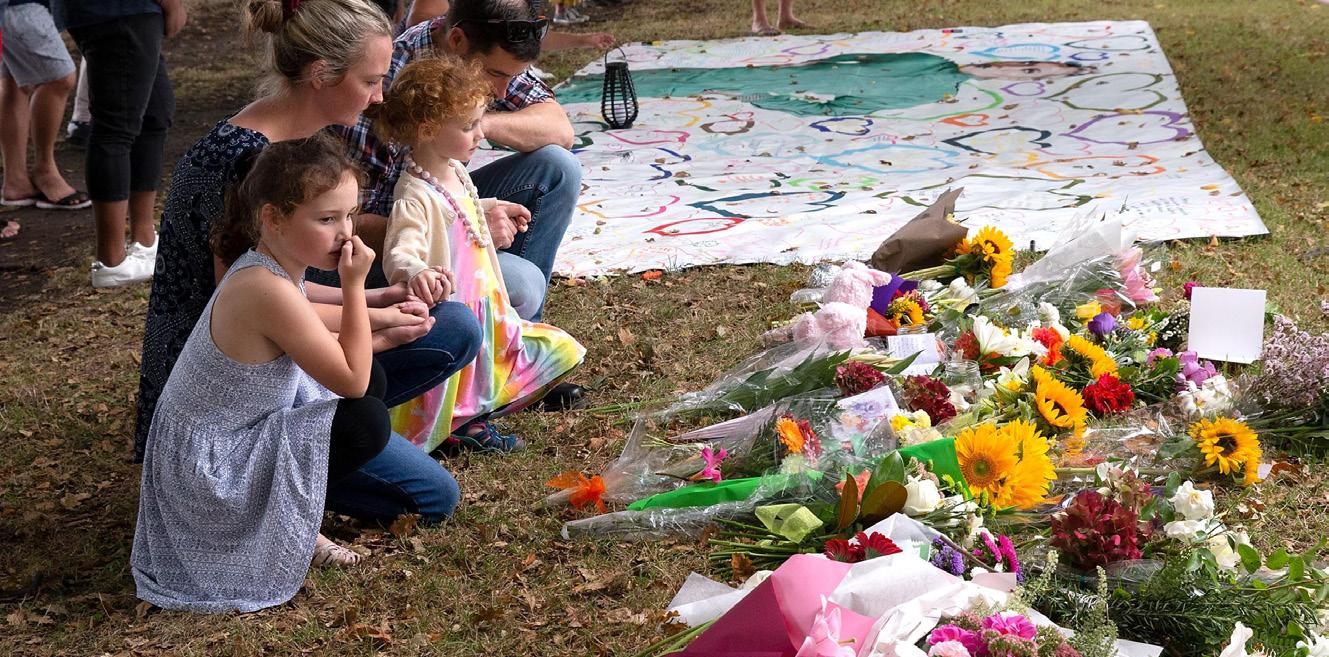
For further information please contact: Simon Manning, Harbour City Funeral Home, simon@funeral-link.co.nz
This article was first published in Funeralcare June 2019 Issue 63 and has been reproduced with permission.









